Specifically this section:
Why is Magic Earth free? What is the business model?
Magic Earth is free for all our end-users but we also have a paid Magic Earth SDK for business partners. For instance Selectric.de (a supplier for navigation solutions for ambulances and fire trucks), Smarter AI (developing ADAS systems) or Absolute Cycling (using the platform on bicycles). For more info on the SDK, you can check magiclane.com.





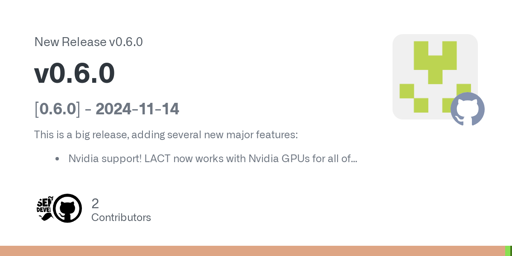
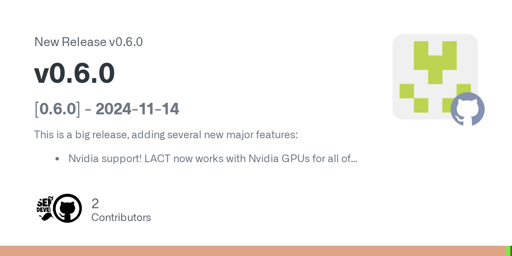
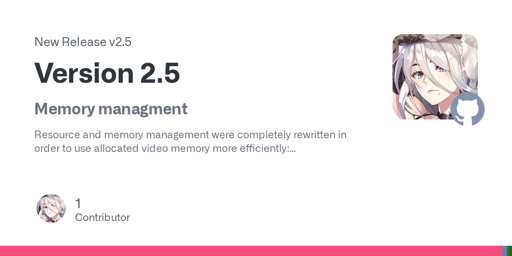


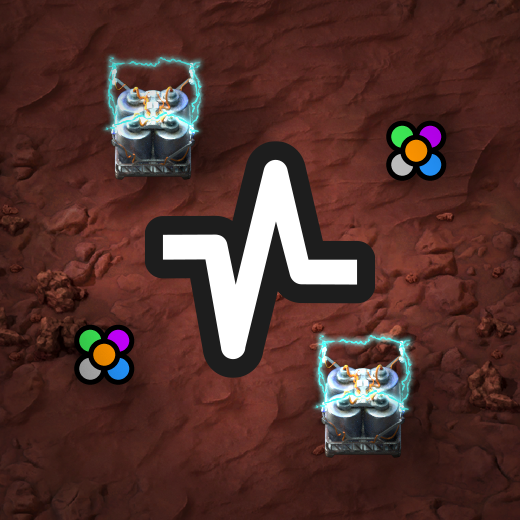
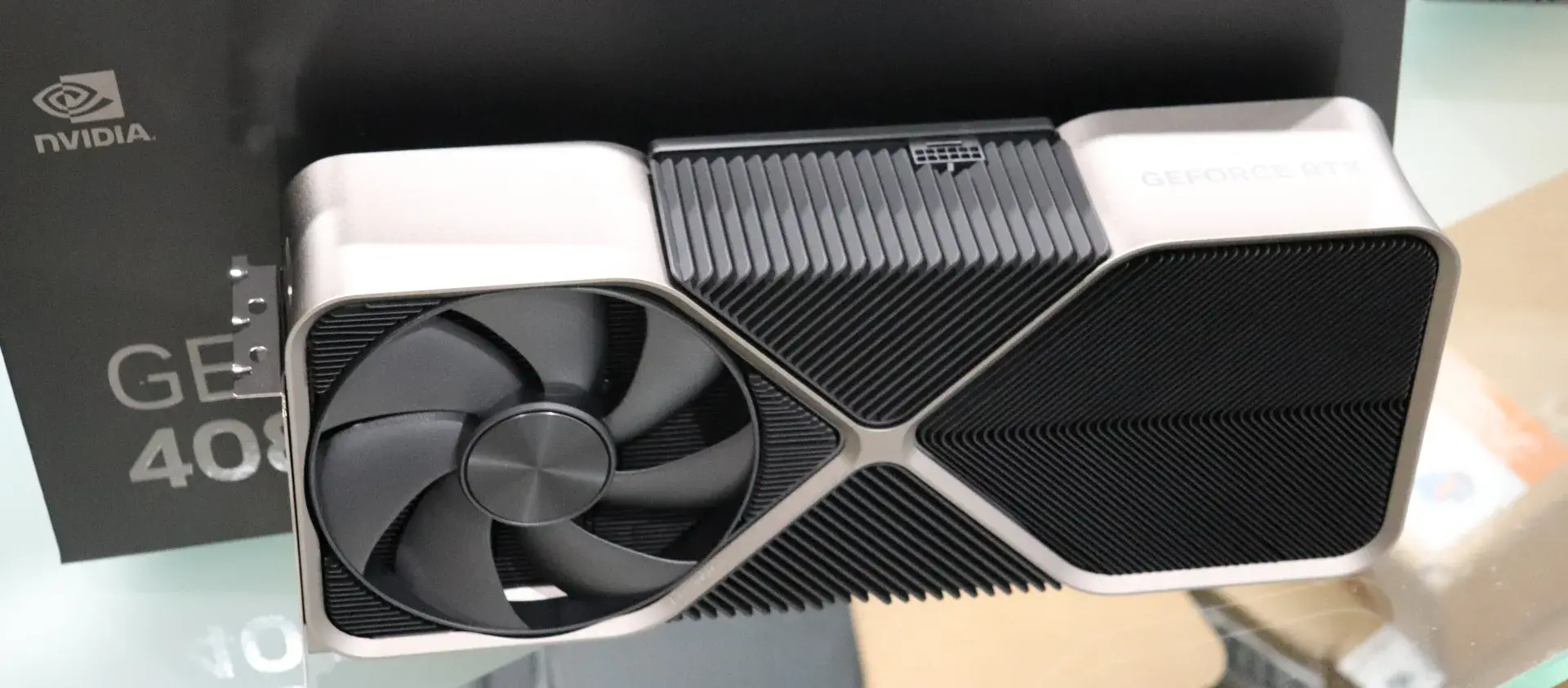
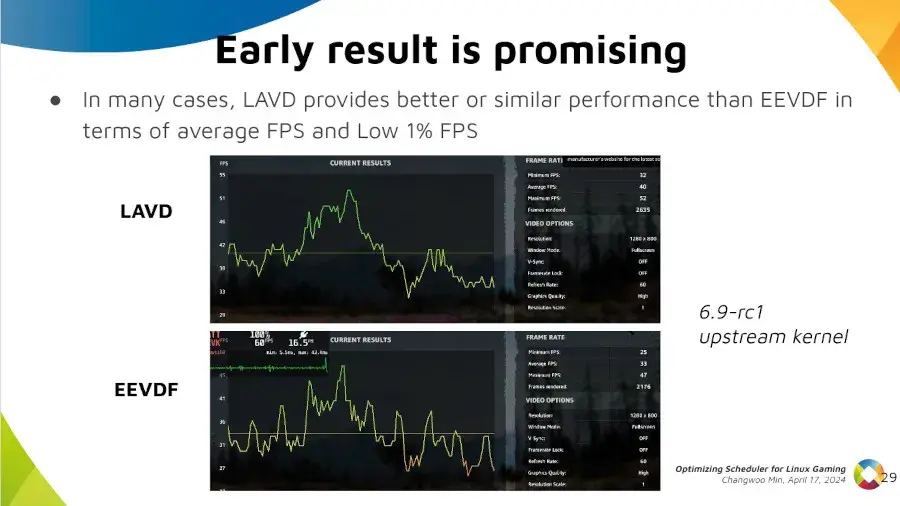








I doubt most user have any need for great nc performance.
I also doubt those “super performant nextcloud flakes” are actually any faster than a plain old default nc deployment; especially for our use-cases.
Using NixOS is a good recommendation though. Just don’t do flakes unless you actually understand what problem they intend to solve and how catastrophically bad they are at it.